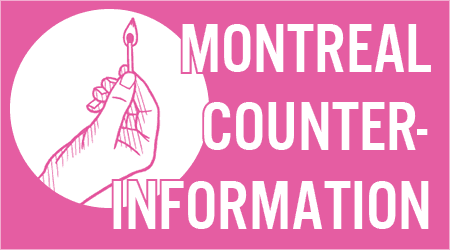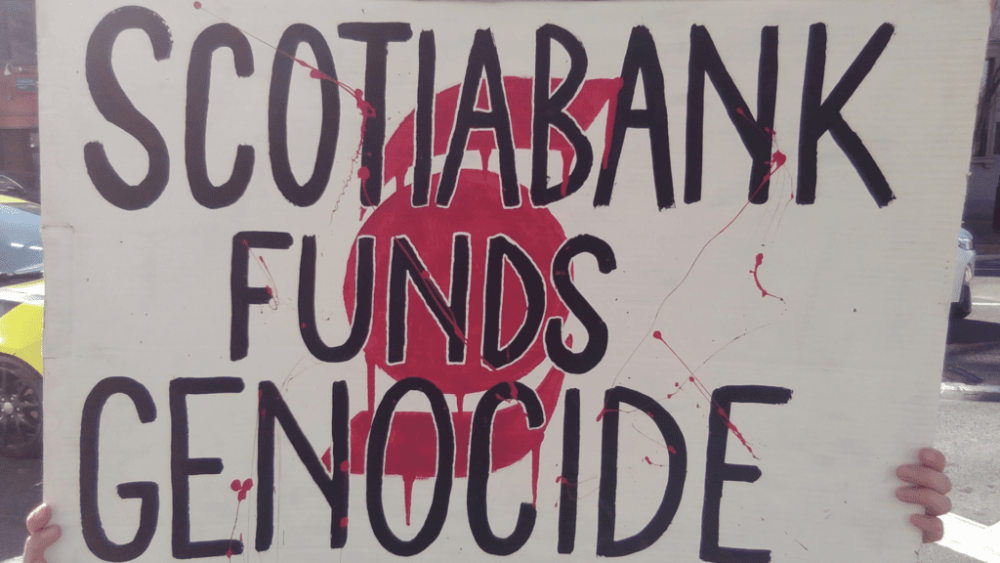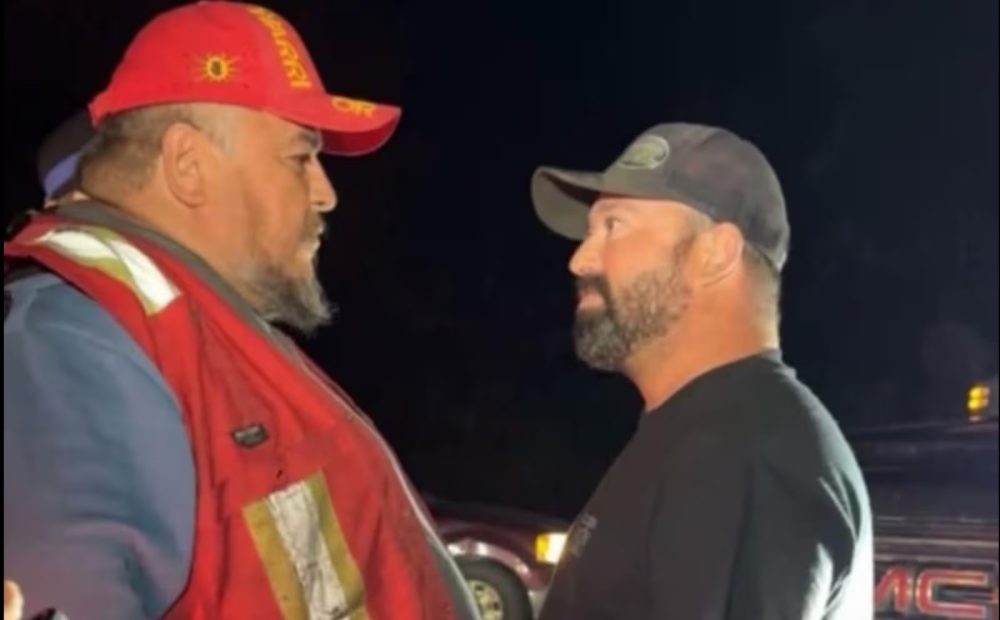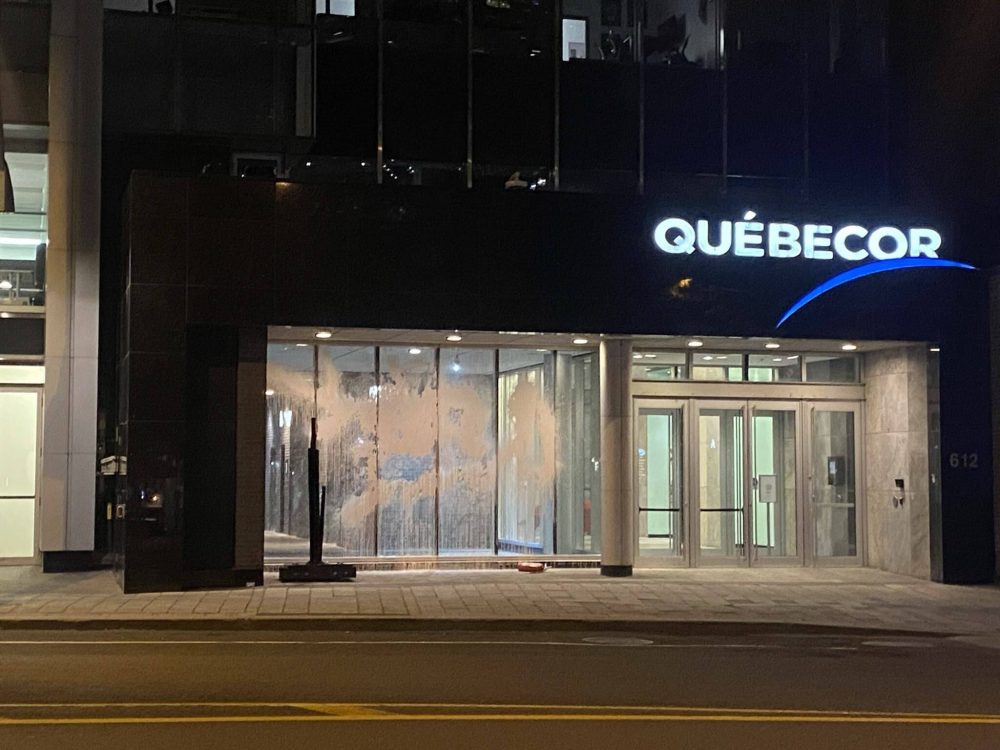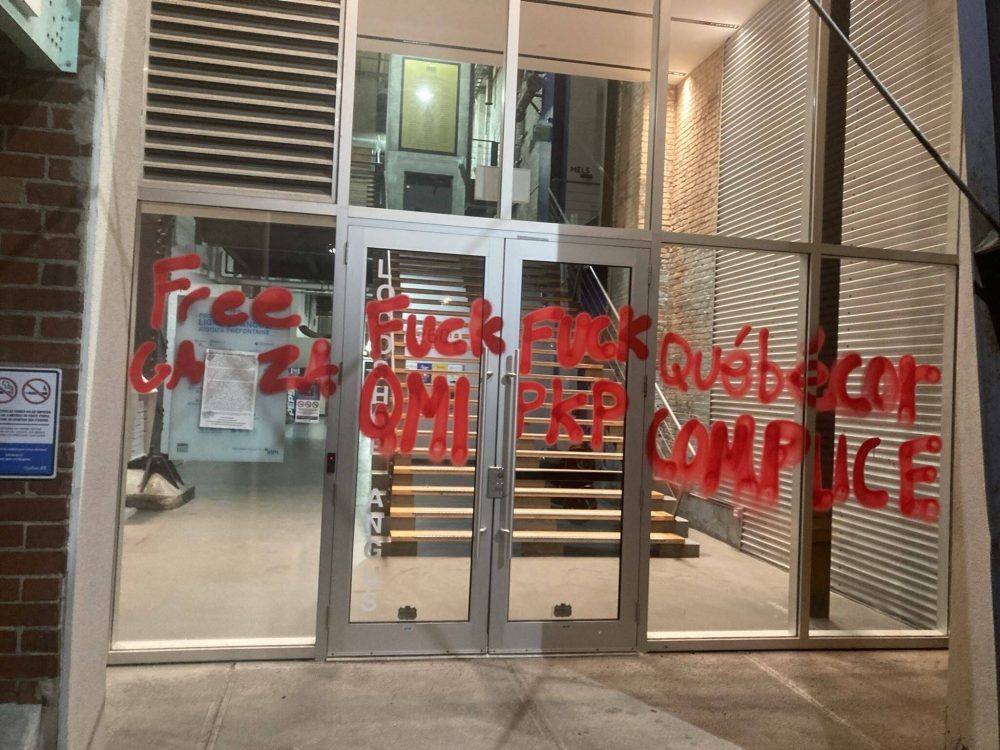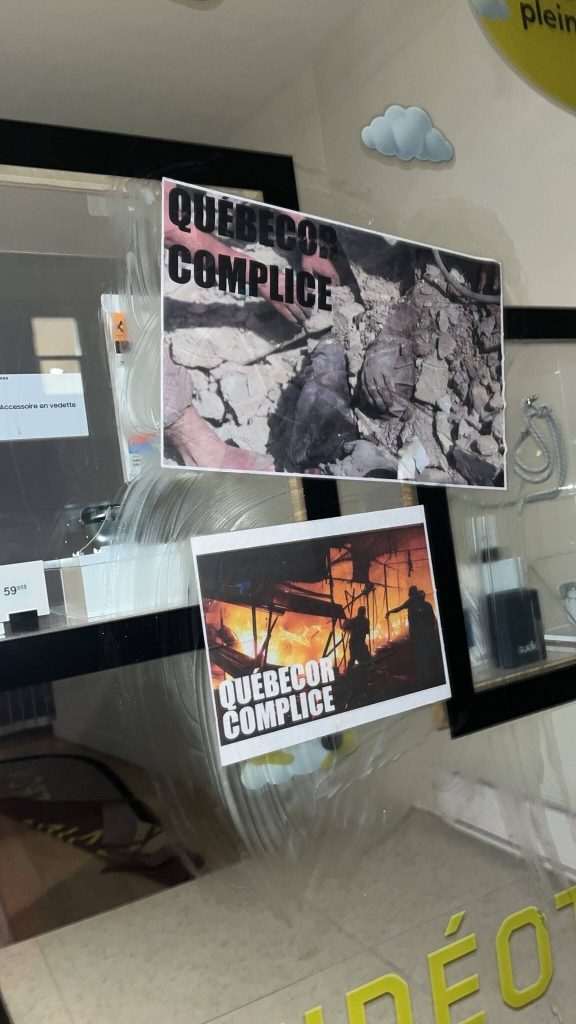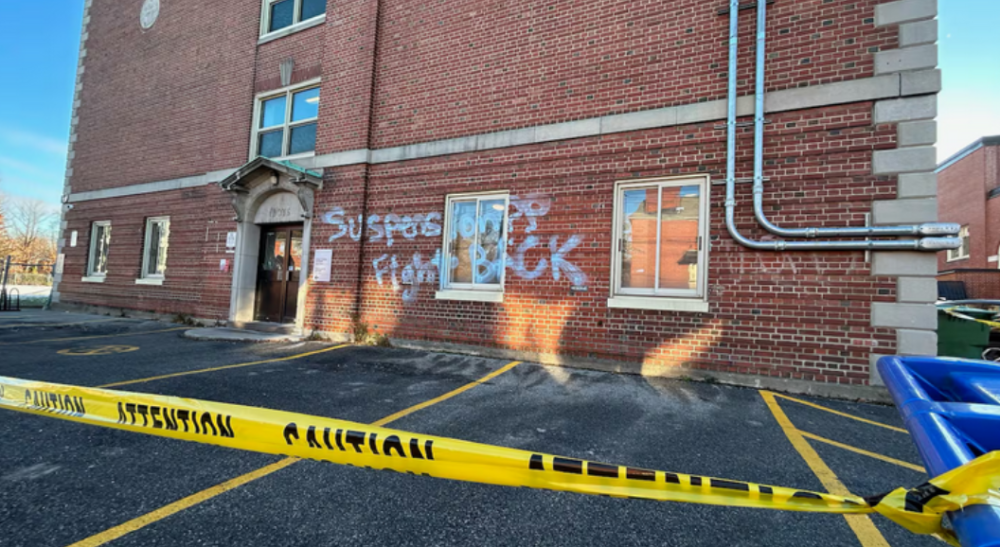
Anonymous submission to MTL Counter-info
Tuesday night, two anarchists visited Royal West High School. One person graffitied “Suspension?? Fight BACK” while another smashed the entrance windows with a hammer.
Royal West suspended one of their indigenous students who is Kanien’kehà:ka from Kahnawà:ke for posting “fuck Israel holy shit” on their personal Instagram.
We were disgusted that the school wants to create a social atmosphere of fear where people cannot develop ideas, speak them and contribute to the fight against governments and colonialism. We insisted on showing that we are not animals who can be whipped to always shut up, do our work and obey.
We want to let students know to keep fighting back. We wanted to teach a lesson to your administrators so that they’ll hesitate before shutting anyone down again. You can do the same. Organize action groups and big assemblies of like-minded people. Form crews with your friends. Disrupt the normal functioning of the school. Read “Occupy, Blockade, Strike Back!” Watch “Street Politics 101” on the 2012 Quebec student strikes. See if school walkouts could be interesting. If you think you need it, get outside help from experienced groups in Montreal that you can find through Resistance Montreal.
More broadly speaking, create the culture and self-organization needed for resistance not just to this EMSB decision, but against the broken systems that lead to this kind of repression and that often lead to much worse in our world.
Government schools are designed to crush our natural spirit of rebellion against the injustices of authority. Don’t let yourself be twisted into becoming another worker in this murderous ecocidal economy who forgets who they are and what they believe in. Choose to be a human being, not just some walking extension of a phone, job or bank account. Fight tirelessly for another world. Students while you’re young take control of your lives!
P.S. We might as well not be so ambiguous about who we are because of the media coverage and conversation surrounding this action. Indigenous warrior societies have often used sabotage, property destruction, blockades and taken up guns against the government and corporations. We respect the young Palestinians who have been throwing stones and shooting back against the IDF. People might speculate on our ideas and beliefs and pretend like they’re silly ideas such as the worship of criminality or destruction or a lifestyle, without doing actual investigating. For young people feeling critical about this action but curious you can read “How Nonviolence Protects the State” and for those who want to learn more about why we might identify as anarchists in claiming this action we recommend watching some documentaries and reading online about the anarchist movement.
The SPVM’s attempts to imply that a student was involved in this by saying “we’re not closing any doors on anyone” is disgusting. This shows just how low they will go to create an atmosphere of social fear. The EMSB’s suggestion that this action “undermined the safety” of their community begs the question of who in their community was endangered by graffiti and a smashed window in the thick of midnight at 12:30am? On the other hand, how many children have they made to feel afraid and powerless with this recent political “punishment,” to use Mike Cohen’s own bragging words to CBC?
Unlike them, we do not prey on the weak and dis-empowered because even the idea of doing so is sickening. Let’s instead contribute to collective self-defence against authoritarianism and narrow in our sights on those in positions of power.


